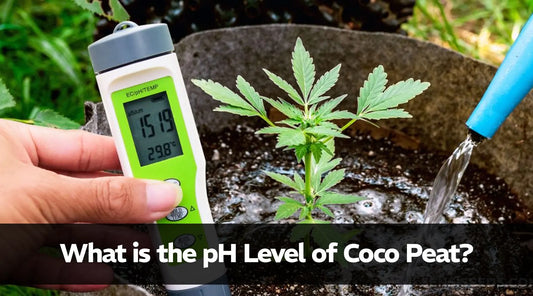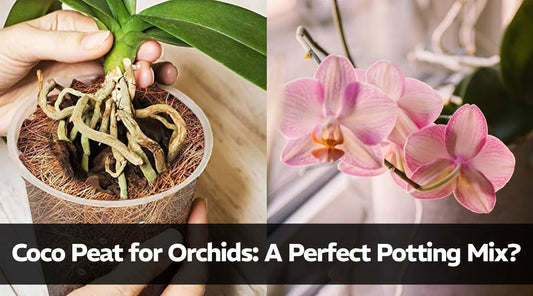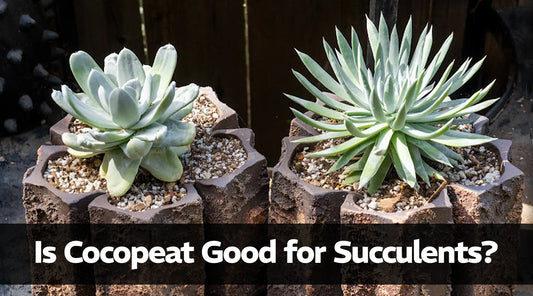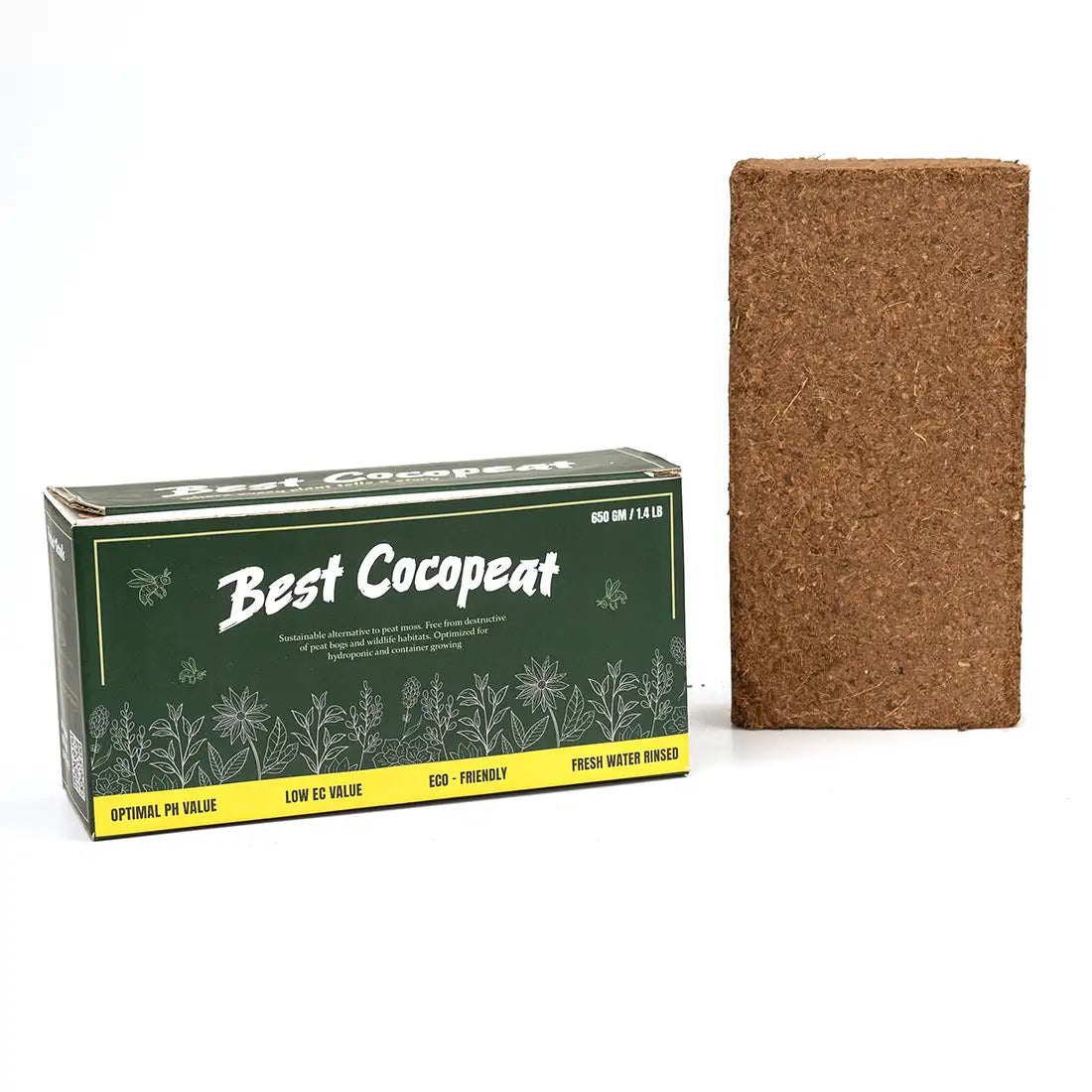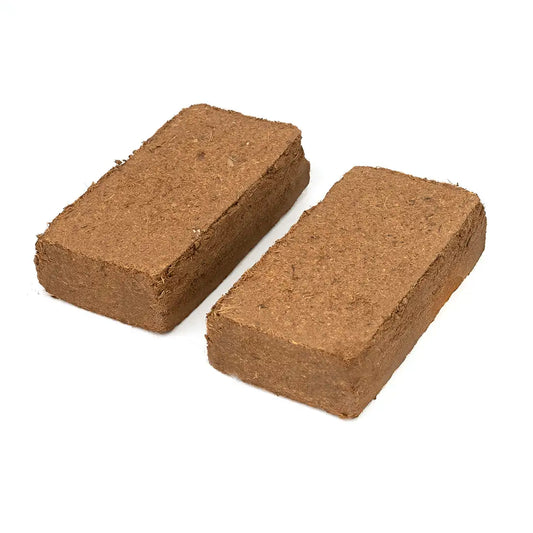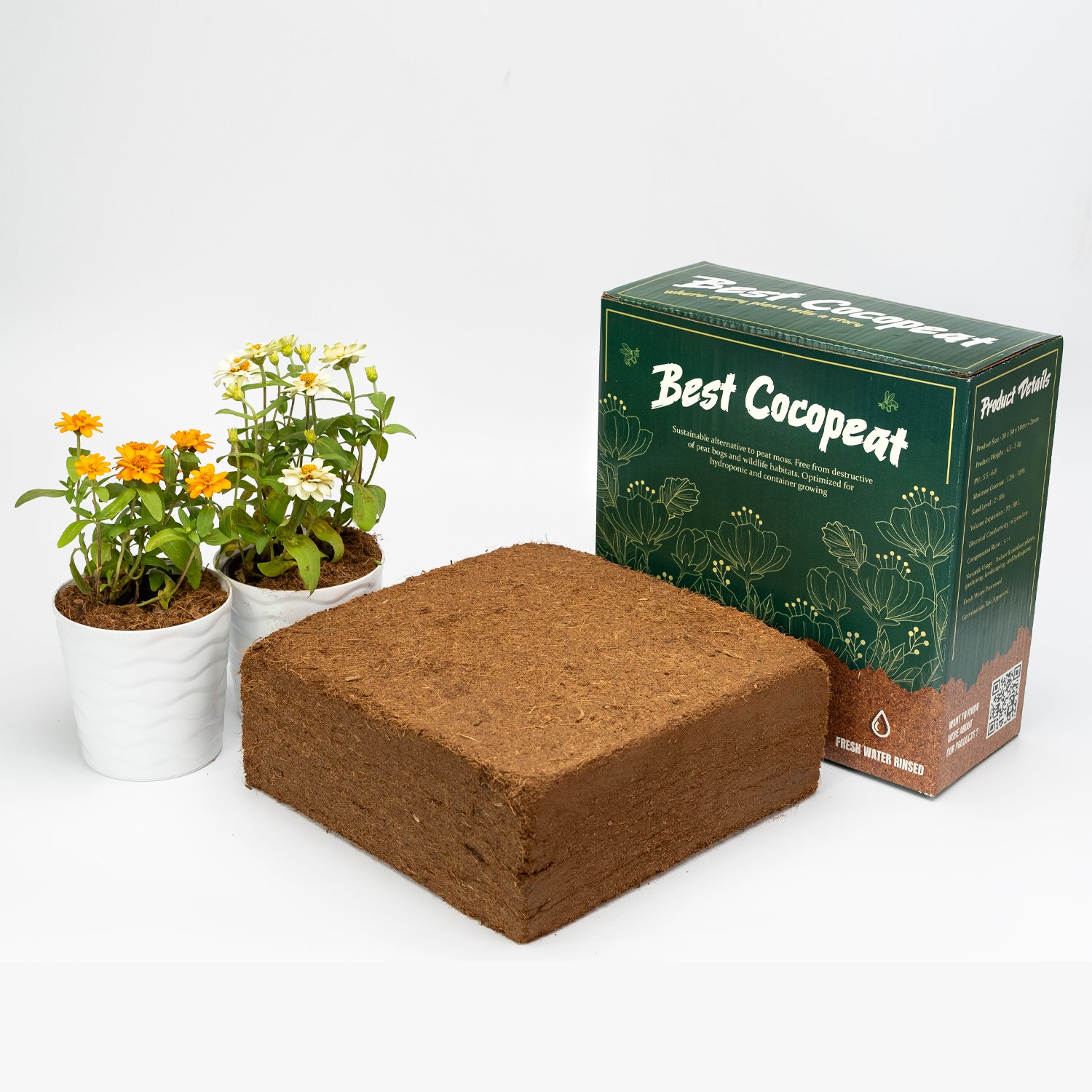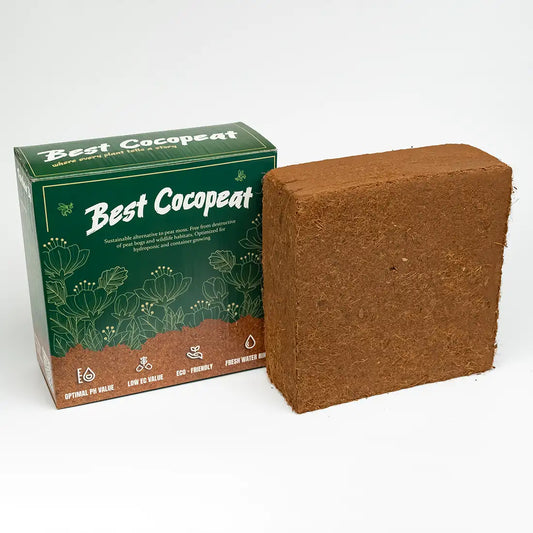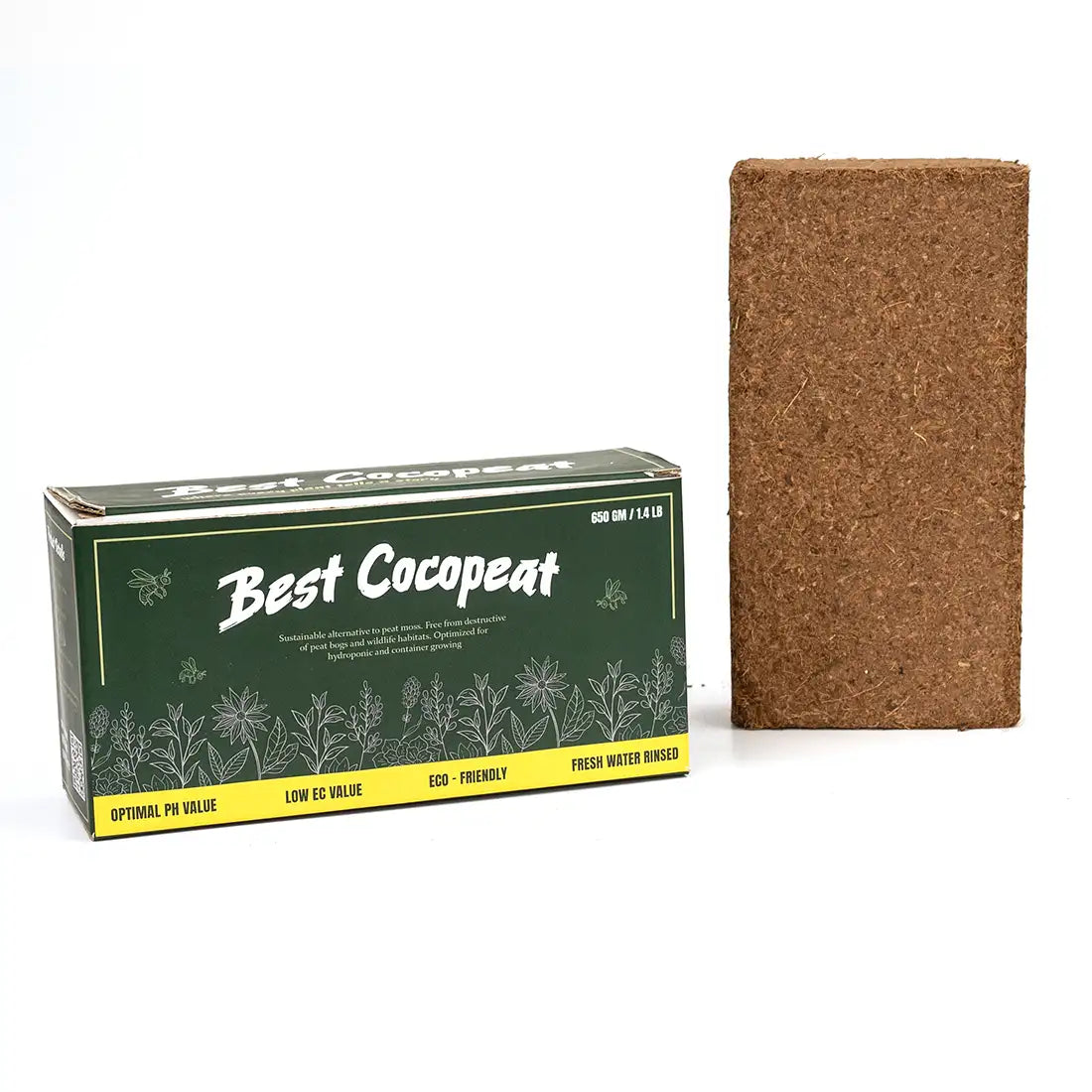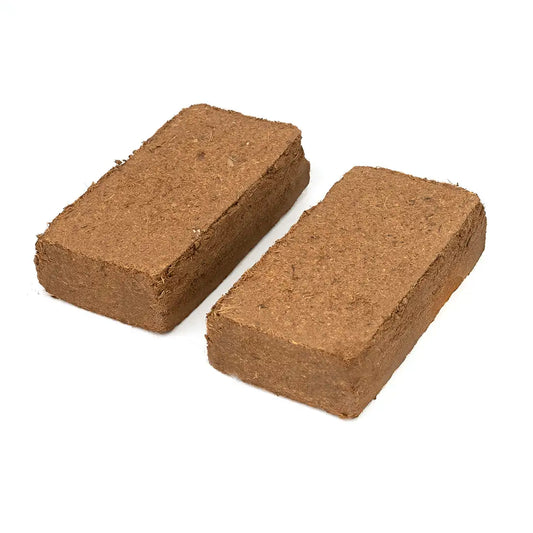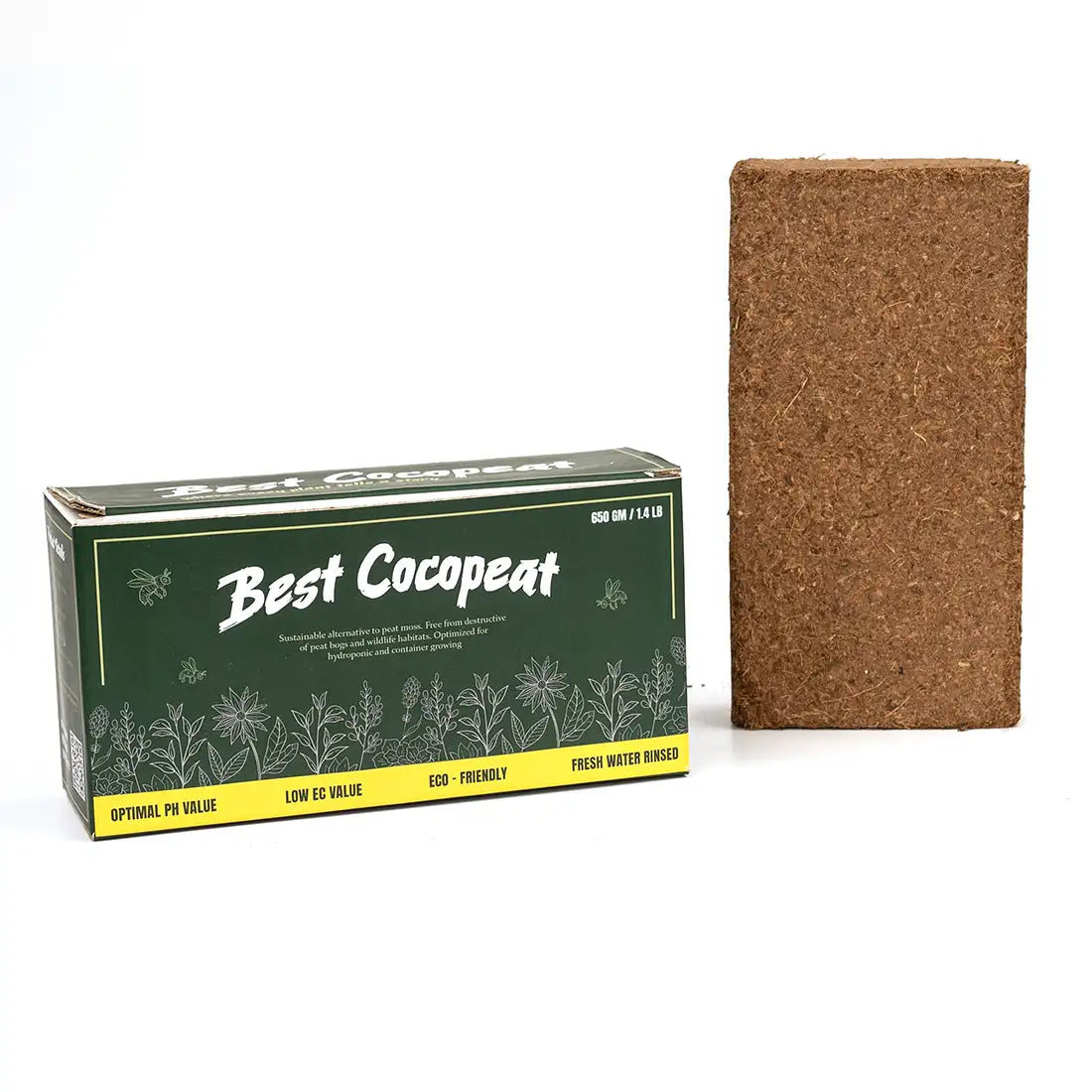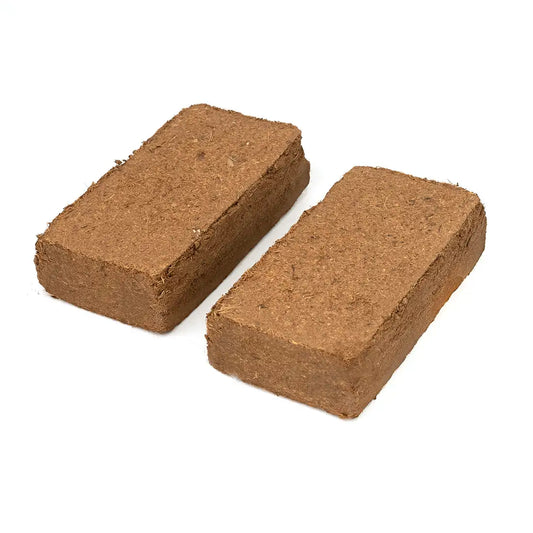Succulent is one of the most popular houseplants due to their unique shapes, low maintenance requirements, and ability to grow in a variety of conditions. However, the first step to producing healthy succulents is to select the appropriate soil and understand their watering requirements. Cocopeat as a growing medium is becoming more common in the gardening world. But the question remains: Is cocopeat suitable for succulents? Let's investigate.
Understanding Succulent Soil Needs
Because they are desert plants, succulents need soil that drains properly to avoid water collecting around their roots. The most common issue for succulent plants is root rot, which is easily caused by poor drainage. Focusing on elements that let excess water drain rapidly while keeping sufficient moisture to support the plant is crucial when selecting succulent soil.
Sand, perlite, or tiny stones are commonly added to traditional succulent potting mix to enhance drainage. However, more and more gardeners are searching for substitutes, such as coco peat, which has several advantages when it comes to planting succulent plants.
Why Cocopeat Works for Succulents
The natural coconut fibre called cocopeat, sometimes referred to as coir pith. In addition to being lightweight and aerated, it has outstanding water retention properties. It is therefore a potential base for potting soil for succulents, particularly when combined with additional drainage-friendly ingredients like perlite or sand.
Here's why succulents can benefit from the Best cocopeat:
-
Good Moisture Retention: Because cocopeat retains water well, the succulent roots receive a consistent supply of moisture without the soil becoming soggy.
-
Aeration and Root Growth: Its fibrous texture promotes healthy root development and lets roots breathe.
-
Eco-Friendly Option: Gardeners who care about the environment will choose coco peat soil because it is renewable and biodegradable.
-
Ease of Use: It is lightweight, practical, and blends nicely with additional soil supplements to make a succulent potting mix or custom coco soil mix.
How to Use Cocopeat for Succulents
For succulents that prefer the desert, cocopeat by itself could retain too much moisture, but when combined with drainage materials, it can produce the perfect conditions. 60% coco peat soil and 40% coarse sand or perlite is an easy ratio for trying with. This mixture ensures that your succulent soil has enough moisture to support healthy growth while draining properly.
When planting succulent plants, fill your pots with this mix, carefully place the succulent, and cover the roots. Avoid compacting the soil too tightly, as this can reduce aeration and root growth.
Watering Succulents in Cocopeat Soil
Overwatering is a common mistake made by owners of succulents. Knowing how to water succulents is essential, even with a well-balanced succulent potting mix or coco peat soil mix. Apply the "soak and dry" technique, which involves giving the soil a good soak, letting it dry entirely, and then watering it once more. This can be helped by the water retention of cocopeat, which releases moisture slowly but uniformly. Before watering, always check the soil's moisture content because succulents prefer slightly dry.
Conclusion
Is cocopeat suitable for succulents, then? Yes, it may make an excellent addition to your potting soil for succulents when used correctly. Gardeners can create a healthy atmosphere for their succulents that grows well by combining drainage materials with coco peat soil and using correct watering procedures. Best cocopeat is an excellent option for anyone wishing to cultivate strong, healthy succulent plants because of its aeration, moisture retention, and environmental friendliness.
Coco peat may hold the key to effective succulent care, regardless of your level of knowledge with succulent soil or your search for sustainable substitutes. Your succulents will grow beautifully if you just remember to water them carefully and mix them carefully.

